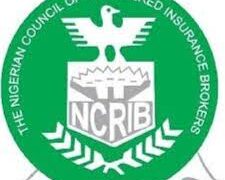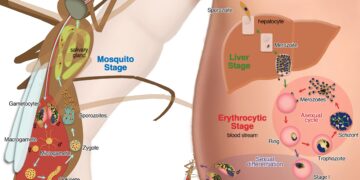The Registrar of the Joint Admissions and Matriculation Board (JAMB), Prof. Is-haq Oloyede, clarified that the Board does not set the “cut-off mark,” also known as the “minimum tolerable admission score,” as is often misconstrued.
Prof. Oloyede emphasized that the responsibility for determining the minimum admission scores rests with the tertiary institutions themselves, not JAMB. He explained that the confusion necessitated this clarification to correct the mistaken belief that JAMB decides these scores for each institution.
At policy meetings, national benchmark minimum tolerable admission scores for admission into Nigeria’s tertiary institutions are established. These scores represent the minimum performance a candidate must achieve in the Unified Tertiary Matriculation Examination (UTME) to be considered for admission. JAMB’s role is to publicize these benchmarks and ensure that no institution admits students below these scores.
Prof. Oloyede also noted that the minimum tolerable score is intended to limit the number of applications to a manageable size, allowing candidates to compete for available spots in tertiary institutions. He cautioned that meeting the minimum score does not guarantee automatic admission, as other factors and criteria are also considered.
During the 2024 Policy Meeting on Admission, the National Minimum Tolerable UTME Score was set at 140 for universities and 100 for polytechnics, colleges of education, and innovative enterprises institutions. Prof. Oloyede further explained that institutions that proposed lower minimum scores would need to adjust their benchmarks to meet the agreed minimum. However, institutions are free to set their admission scores higher than the national minimum.
For instance, Pan-Atlantic University in Ibeju-Lekki, Lagos, set its minimum admissible score at 220, while some other universities set theirs at 200. Despite these higher benchmarks, no institution can admit students with scores below the approved national minimum of 140 for universities and 100 for polytechnics and colleges of education.
























